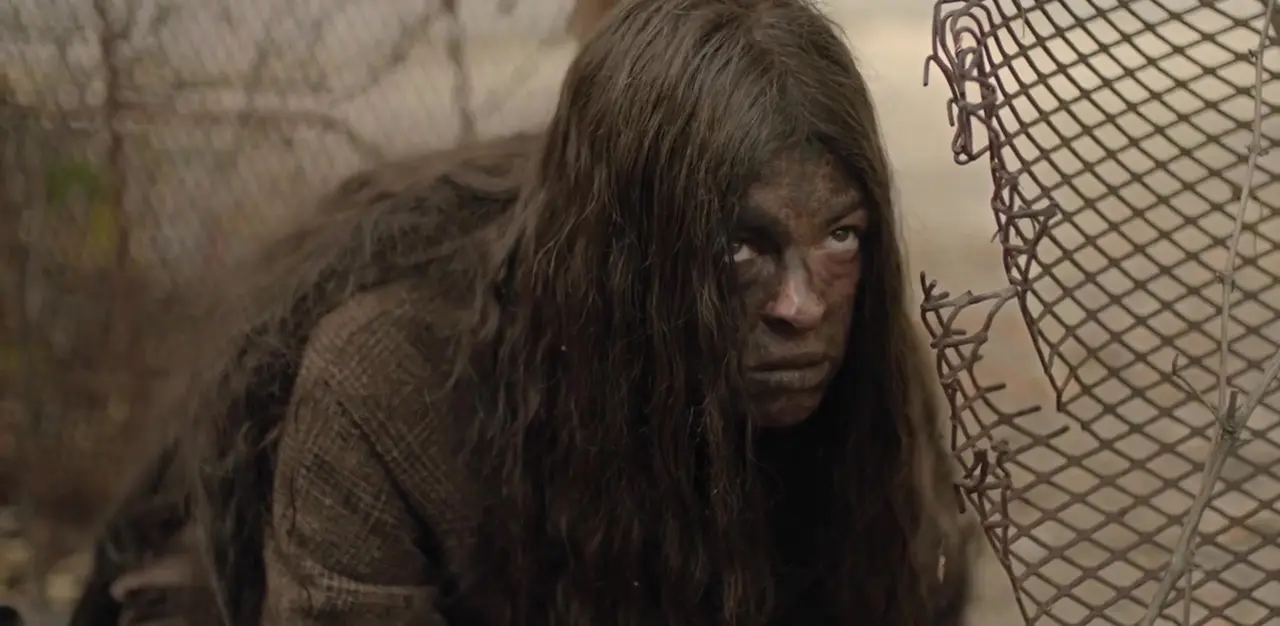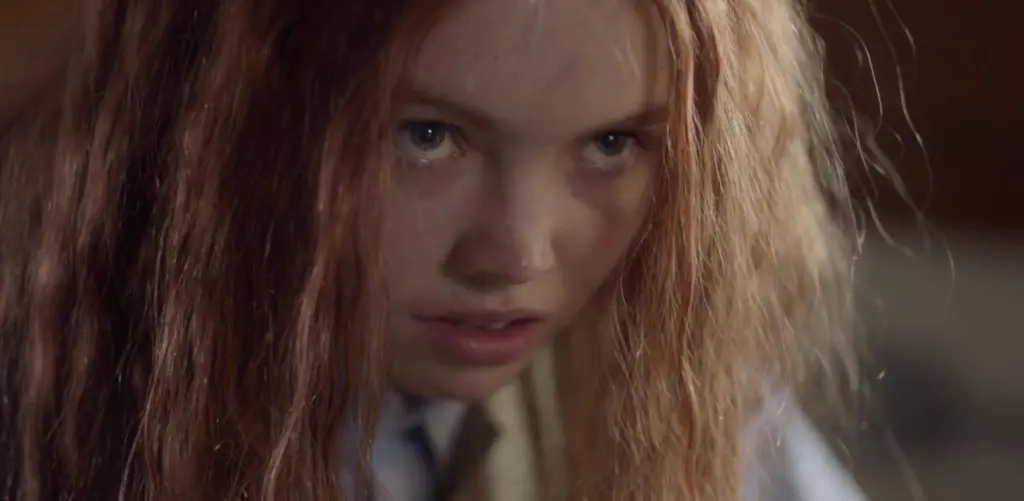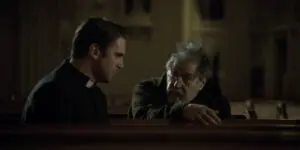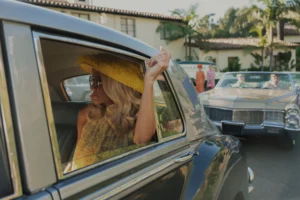Summary
Pollyanna McIntosh does a good job behind the camera with this sequel to The Offspring and The Woman, but if only she’d directed something else instead.
Pollyanna McIntosh, who starred as the eponymous Woman in Lucky McKee’s 2011 film (and indeed the earlier Offspring), has written and directed the sequel, which focuses on the eponymous Darlin’, who we last saw walking off with The Woman into her closing credits.
But I wish she hadn’t; I wish she’d left that story as it was. Some sequels add something to the story they follow, others – like this one – reduce them, like adding a badly thought-out extension to a grand house.
Darlin’ starts with the now-teenage girl (Lauryn Canny) arriving at a hospital but being knocked down by an ambulance before she can get inside. No-one thinks to ask why she was there but instead focuses on any new injuries and the wildness she suddenly displays as soon as they start to treat her. As she starts to settle down and is cleaned up, it is proposed that a place is found for her at the nearby Catholic girls’ home, where the Bishop (Bryan Batt) is looking for a cause to help the place stay open. Meanwhile, the girl’s adoptive mother is looking for her, via some encounters (some violent, some friendly) with various “civilized” people.
That’s the scenario, and – unlike the previous films – there is no tension, no sense of threat and little actual point. It could have been an interesting postscript to The Woman, showing what it was like growing up in the aftermath of that catastrophe; but instead we have a little of that, watered down with a subplot of The Woman’s search for Darlin’ and another “social issues” subplot about predatory clergy, all three together making it muddled and way too long.

Distasteful issues such as sexual abuse by priests are difficult to write well (not only in horror films) even when it is the main plot point, but braiding it in with two other strands means none of them are developed with much care. To be honest, the best character writing in Darlin’ was to be found in the scenes where she develops good relations with the nurse who first cares for her in the hospital (Cooper Andrews, in a role which suits him even better than his part in The Walking Dead) and one of the other girls in the home where she’s placed.
Lauryn Canny is a terrific young actor, though, reminding me of when I first encountered Anya Taylor-Joy. She is able to express plenty with her face and movement, especially the fear of discovering the implications of her innocence in a Catholic setting, alongside the contrasting feral instincts she has been raised with. But if only she had been given a better story as a showcase!

If you have seen The Offspring or The Woman, you are likely to go into Darlin’ expecting something serious and severe: those others were known for extreme violence, sadism, demonstration of man’s “superior” nature towards “less civilized” (especially female) people. Darlin’ shows The Woman wearing sunglasses and panicking about being in a car to jolly rock music, in the vein of a comedy like California Man, and even has a brief post-credit scene with two schoolgirls dancing to inane pop music in the church.
McIntosh’s direction and the overall production of the film are virtually the same quality as McKee’s title. But the writing, the plot, the tameness, the tedium, and the why-do-it-at-all really let it down.
As an aside, the film is dedicated to the memory of Jack Ketchum (creator of the original story and characters), who died last year. I cannot say if that is respectful or insulting.




